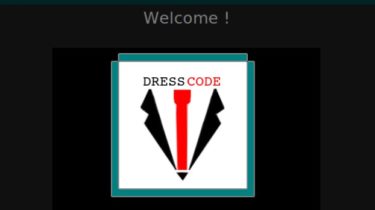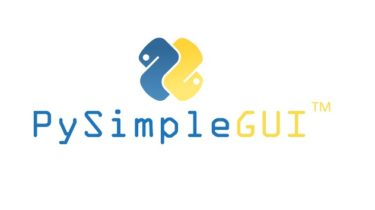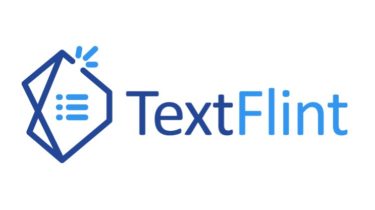Hugging Face – Issue 8 – Mar 30th 2021
News Hugging Face Raises Series B! 📣 We are so excited to announce our $40M series B led by Lee Fixel at Addition with participation from Lux Capital, A.Capital Ventures, and betaworks! Thank you to all our open source contributors, pull requesters, issue openers, notebook creators, model architects, tweeting supporters & community members all over the world 🌎! We couldn’t do what we do & be where we are – in a field
Read more







